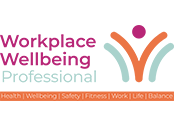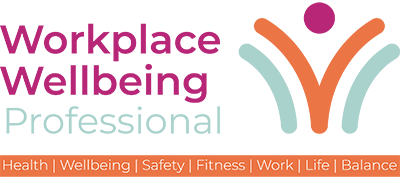Misconceptions about workplace safety continue to expose millions of UK employees to avoidable harm, with some employers mistakenly believing that legal responsibilities apply only in high-risk sectors. From homeworking setups to the use of first aid kits, flawed assumptions are undermining protective measures and putting staff at risk of injury or worse.
According to leading health and safety training provider Astutis, false beliefs about employer duties are more common than many think. The company, which trains professionals across a range of sectors, says confusion over basic safety protocols is not only leading to workplace accidents but also contributing to legal claims and, in some cases, fatalities.
Brenig Moore, technical director at Astutis, said risks existed in every work environment. “People often think that workplace safety only matters in heavy-lifting industries like construction and building. However, hazards exist in every role, even when you’re in an office working 9-5.”
He said it was “astonishing how many people think these types of myths are true when it comes to safety in the office, and it’s our job to ensure that employers know what’s right when it comes to health and safety, as there’s nothing more important than potentially saving someone’s life”.
Five Misconceptions That Put Lives and Livelihoods at Risk
Astutis has identified five commonly held myths that continue to circulate among business leaders and HR professionals. Each one, the organisation says, contributes to gaps in compliance, culture and risk management.
Myth 1: Remote workers are not the employer’s concern
Some employers wrongly assume that if a staff member is working from home, their wellbeing falls outside the organisation’s remit. In reality, employers remain responsible for the health and safety of all employees, regardless of location. That includes checking electrical equipment is safe, and that chairs, desks and monitors are appropriate for long-term use.
Myth 2: First aid kits are optional for small companies
Under the Health and Safety (First-Aid) Regulations 1981, every workplace must have adequate first aid provision. This applies even if the business only has a handful of employees. Kits should be clearly marked and stocked with basics such as plasters, bandages and antiseptic wipes, with trained first aiders available where required.
Myth 3: No incidents means policies are working
While it might be tempting to assume that a lack of reported injuries reflects effective safety management, this may simply mean incidents are being overlooked or not reported. According to Moore, new equipment, staffing changes or process tweaks may introduce fresh risks. That is why regular reviews and updates of safety policies are essential.
Myth 4: PPE is only needed on building sites
Hard hats, gloves and high-vis clothing are a legal requirement on construction sites, but that does not mean other sectors are exempt. Many working environments — such as manufacturing facilities, laboratories, or warehouses — require specific protective gear. Employers who fail to provide it are not only breaching regulations but increasing the likelihood of serious injury.
Myth 5: Health and safety training is just box-ticking
Training is often dismissed as a bureaucratic obligation, but its purpose is to prepare employees for real-world risks. Astutis found in its 2025 Learner Report that half of employees skip training due to lack of time. Moore said that “proper training can mean the difference between a near miss and a fatality” and warned that employers who neglect it also risk financial and legal penalties.
Action Points for Employers
Observers say that employers have a clear opportunity to improve workplace safety by replacing assumptions with active planning and education. The first step is to carry out a thorough and up-to-date risk assessment that includes all working locations, including hybrid and remote settings. Risks should be categorised, addressed and followed up with suitable mitigation strategies.
Regular toolbox talks and short refresher sessions can help reinforce key safety messages. These should go beyond compliance and aim to embed a culture of personal responsibility and situational awareness. In sectors with physical risk, site walk-throughs and peer-led inspections can help identify potential hazards before incidents occur.
Employers are also being encouraged to adopt a “design for safety” mindset. This means factoring health and wellbeing into workplace layout, equipment selection and workflow design from the outset. Preventing injuries in this way is often far more effective, and less costly, than responding after something has gone wrong.
The Legal and Cultural Imperative
Employers in the UK have a statutory duty under the Health and Safety at Work etc. Act 1974 to ensure, so far as is reasonably practicable, the health, safety and welfare of their employees. It extends to contractors, visitors and remote workers, and can involve civil or criminal liability in the event of negligence.
But beyond legal compliance, organisations that take safety seriously tend to enjoy better staff morale, lower turnover and higher productivity. Moore added that safety needs to be understood not just as a set of rules but as a reflection of how much an organisation values its people.
As new workplace risks emerge, from extreme weather to the physical toll of sedentary work, the pressure on employers to stay informed and proactive is increasing. Dispelling outdated safety myths, experts say, is a crucial step in building a more responsible and resilient workplace.


